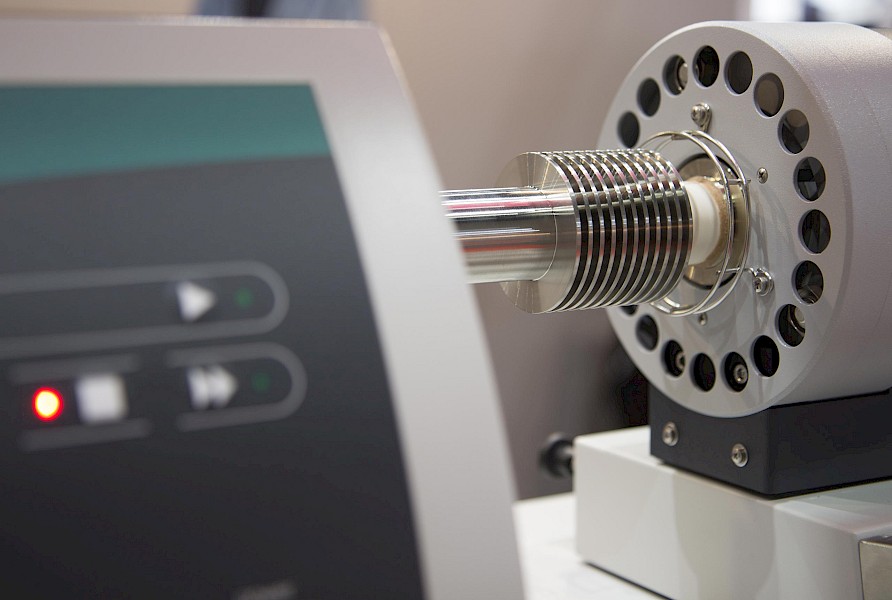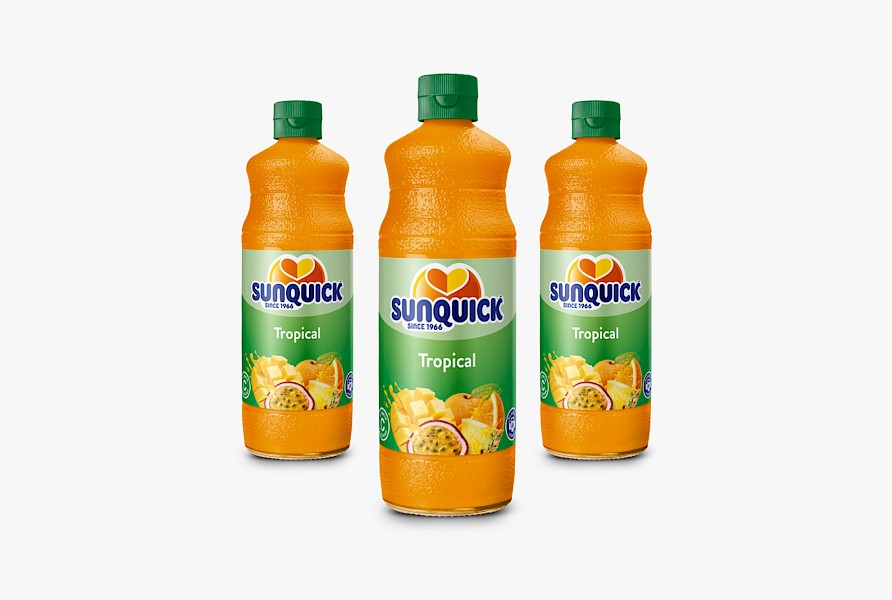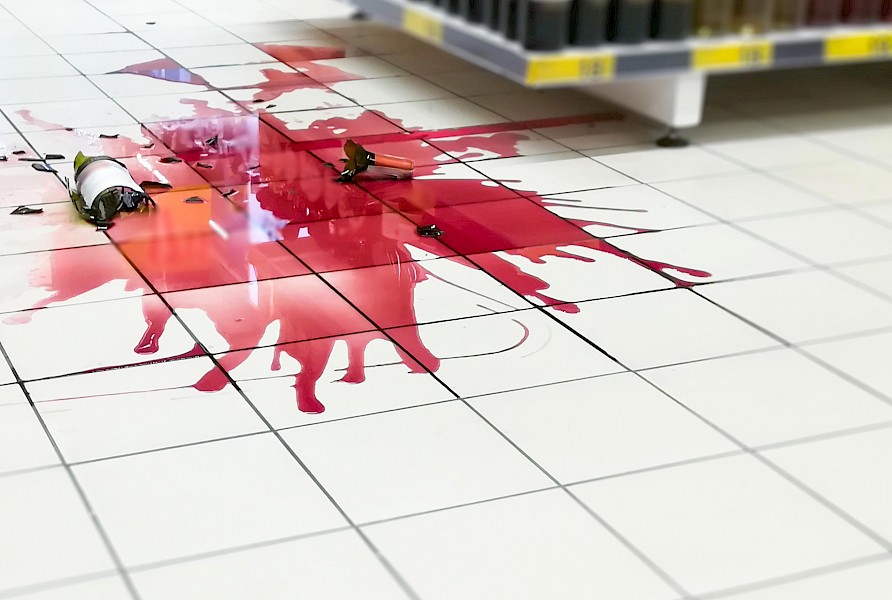
A number of glass fragments had been reported to be present within two bottles; the brand owner had checked the densities of the fragments and bottles prior to sending them to Glass Technology Services for independent review.
The samples were noted to be a match, indicating that they were from the same source.
At this point the brand owner was most interested in determining who was responsible for the fragments ending up in the bottle; the manufacturer; the filler; or perhaps the consumer who had introduced the fragments in order to make a fraudulent claim.
How did we help?
The fragments were each examined and measured, giving our experts vital information about how the fragments came to be within the bottles. Surface markings and features were closely analysed, along with the thicknesses and curvatures of the fragments; all evidence pointed towards the source of the fragments being a bottle of the type they were found in, supporting the conclusions of the density testing. Measurements revealed that the fragments were likely to become stuck as they entered or exited the neck of the bottle unless they were oriented in one particular direction. As the inside surface of the bottles showed no evidence of forced entry, it was concluded that the fragments must have entered the bottle in that orientation.
Further detailed inspection of the fragments using a suite of technical instruments highlighted that whilst the edges of the fragments were slightly chipped, the fracture surfaces were unabraded. This indicated that the fragments may have had some minor mechanical interactions which caused physical damage post-failure.
Some small areas of residual steel material were discovered on the external surfaces of each of the fragments, suggesting that some contact with a steel item had occurred whilst the glass was cold, i.e. not during manufacture of the bottle. This element of the investigation was of particular interest to the brand owner as the analysis of residual material often indicates the source of a contacting object.
As the fragments had been deposited within the bottle post-manufacture but pre-capping, the brand owner obtained several samples of metal components used on the filling lines and requested that we compared the compositions to identify if a match was present. Semi-quantitative compositional data for all the metal components and metallic material was gathered and the residual material was found to most closely resemble part of the rinsing machine.
Given this evidence, plus the appearance and location of the material, it was considered most likely that the rinsing machine played a role in the failure of the bottle which produced the fragments. As the bottle broke, the fragments landed within nearby bottles; due to the size and orientation of the fragments they were not subsequently removed during the rinsing process.
Benefit to the client
The information provided in our detailed report allowed the brand owner to confirm that both the consumer and glass manufacturer had not been involved and that the cause of the fragments was a processing issue. The brand owner decided that although further fragment contamination was unlikely, the batch of glass in question should be recalled on the grounds of safety.
We recommended remedial actions including exclusion of the glass surrounding any failures and a specified clean-down operation to avoid further fragment contamination as well as a full professional and independent audit of the filling process to identify any further areas of concern or improvement. In this case the brand owners felt that the evidence was overwhelming enough to avoid a legal dispute, however our trained legal expert witnesses were on hand if a change in the situation occurred.










